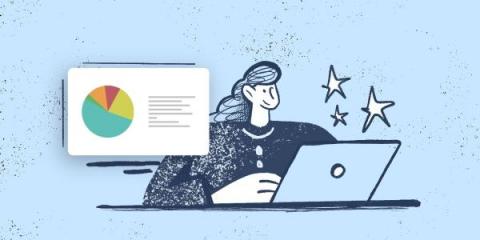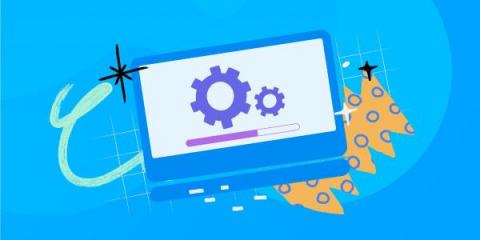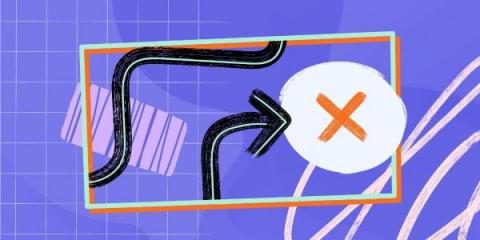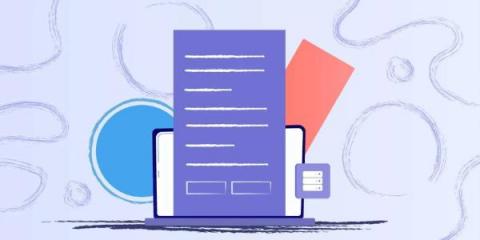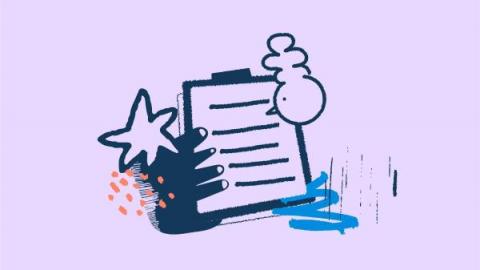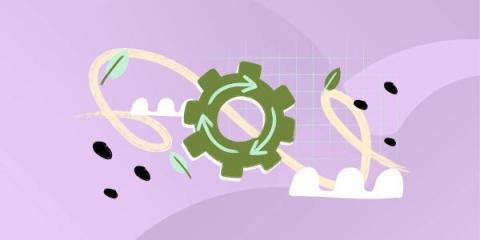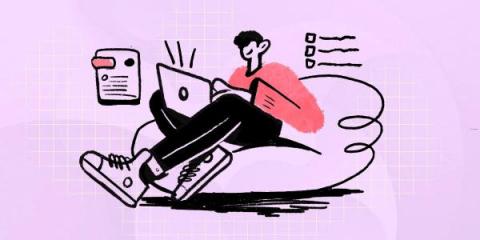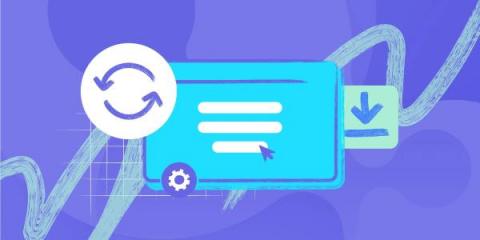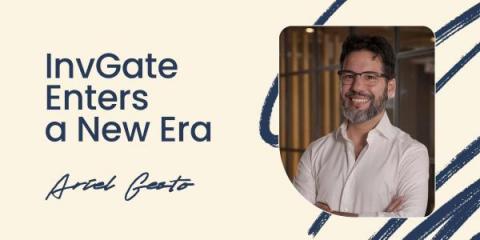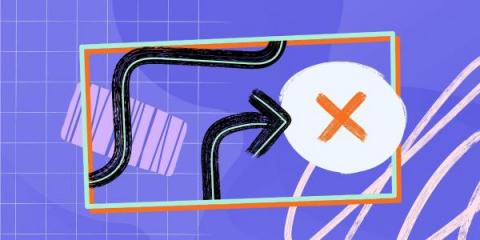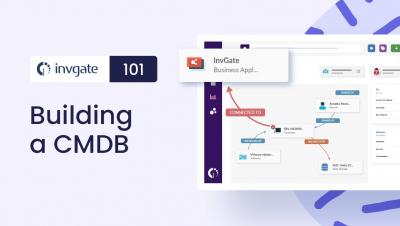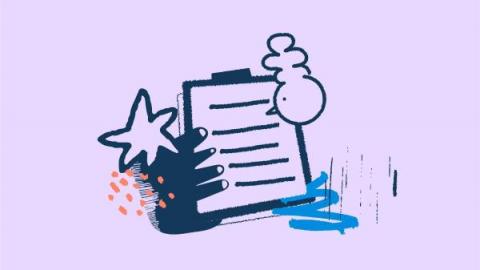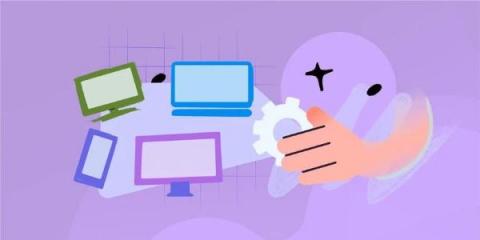IT Financial Management (ITFM) Framework And Best Practices
IT Financial Management or ITFM is the practice of managing IT costs throughout an organization. Done well, it can effectively balance costs against effective service delivery. The goal is to combine both high quality IT operations and smart economical solutions. In this sense, IT Asset Management (ITAM) becomes a close ally to have detailed information on your IT investments, helping you make sure everything is aligned and supports your business efficiency and performance.


